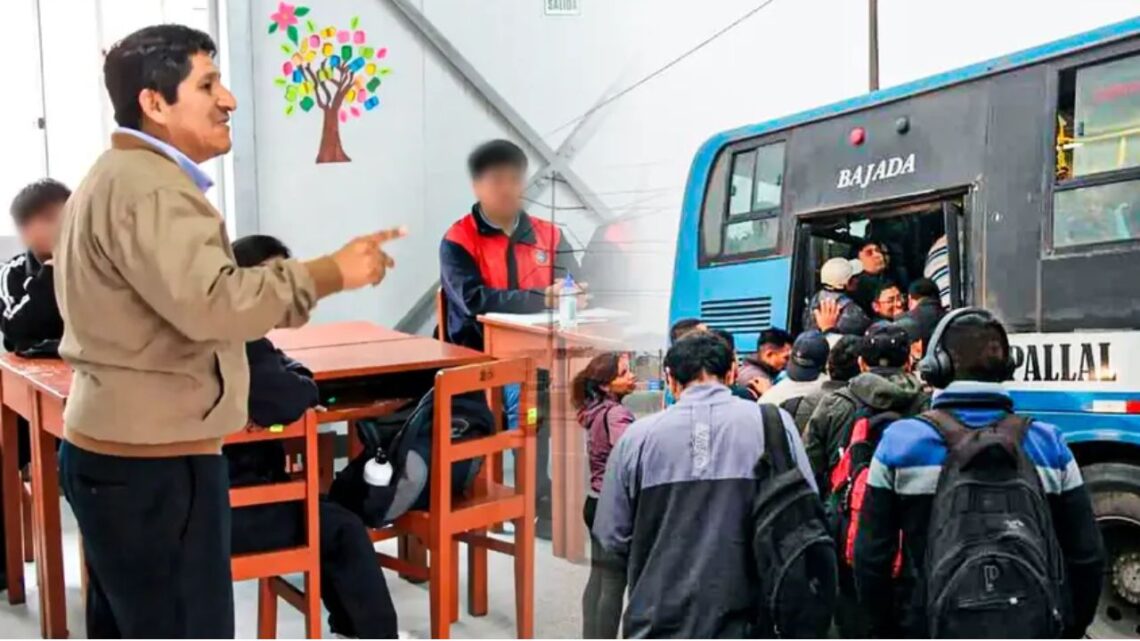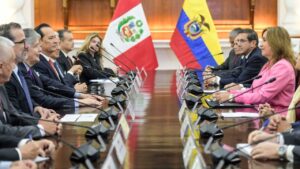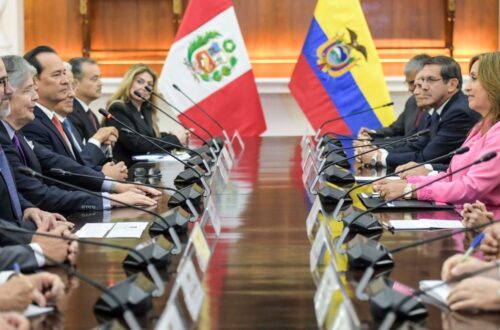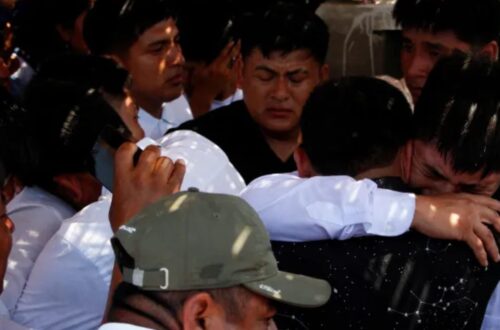As the transport workers’ strike grips Lima and Callao, public anxiety has surged over disruptions in daily life — especially how students would attend school.
Would classes be virtual, in-person, or suspended entirely on October 7? The Ministry of Education (Minedu) has issued a statement, and both parents and teachers are watching closely.
The Strike’s Background & Scope
- On Monday, October 6, transportation unions called for protests across Lima and Callao, citing escalating violent attacks and killings of drivers.
- Bus companies such as Los Loritos, La 50, El Rápido, among others, joined the strike, enforcing roadblocks and engine shutdowns.
- Representative Martín Ojeda warned that the protests could continue into Tuesday, October 7, especially if another driver were harmed. He famously echoed: “One death, one strike.”
- The unions have not given a definitive yes or no on the strike for October 7, but the possibility looms large.
In sum: the transport disruption is significant, with many routes stalled and travel chaos expected.
What Minedu Says: In-Person Classes to Continue
In response to concerns, Minedu announced that state-run public schools in Lima and Callao are scheduled to operate normally, in person, on Tuesday, October 7.
This stands in contrast to past days of protest: during earlier demonstrations, the ministry suspended in-person classes and shifted to virtual instruction to protect students and staff from the chaos on the streets.
Here’s the official stance:
- Public schools → In-person classes preserved
- Suspension in past strikes replaced by normal operations this time
- Contingency planning implied, in case strikes escalate
Why Minedu Is Betting on Normalcy
Several motives underlie the ministry’s decision:
- Avoid further disruption to the academic calendar.
- Signal confidence that security forces can maintain safe passage for students and teachers.
- Pressure on unions to limit their strike impact, by showing that education must continue.
- Equity concerns: virtual classes disadvantage students without reliable internet access.
However, critics argue that the decision may expose students and staff to safety risks, given the volatile situation on the roads.
What Could Go Wrong — and What to Expect
- If transport remains blocked or buses are nonoperational, many students may not physically reach schools.
- Some private schools, universities, and institutes might opt for virtual classes voluntarily, even if the government mandates in-person schooling.
- In high-tension areas, localized suspensions or hybrid solutions may occur.
- Security presence will be critical: police patrols, alternate routes, controlled access to schools.
Key Facts & Numbers
| Item | Detail |
|---|---|
| Strike date | October 6, extended to affect potential Oct 7 |
| Bus companies participating | Los Loritos, La 50, El Rápido, others |
| Ministry’s class plan for Oct 7 | In-person for public schools in Lima & Callao |
| Previous action in strikes | Suspension of in-person classes, shift to virtual |
| Union threat | Continued protests if another driver is attacked |
| Representative quoted | Martín Ojeda (“One death, one strike”) |
The decision by the Ministry of Education to hold in-person classes on October 7 in Lima and Callao during a transport strike is bold — and risky. It reflects a determination to minimize academic disruption and uphold governmental authority.
But with strikes, roadblocks, and threats to driver safety still unfolding, actual implementation may be chaotic.
For parents, students, and teachers, the day could become a test of resilience, flexibility, and readiness. Whether classrooms fill or remain empty may depend less on policy and more on what happens on the streets that morning.









